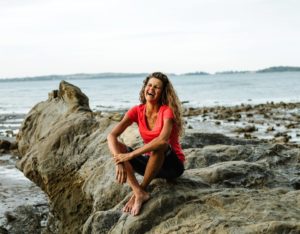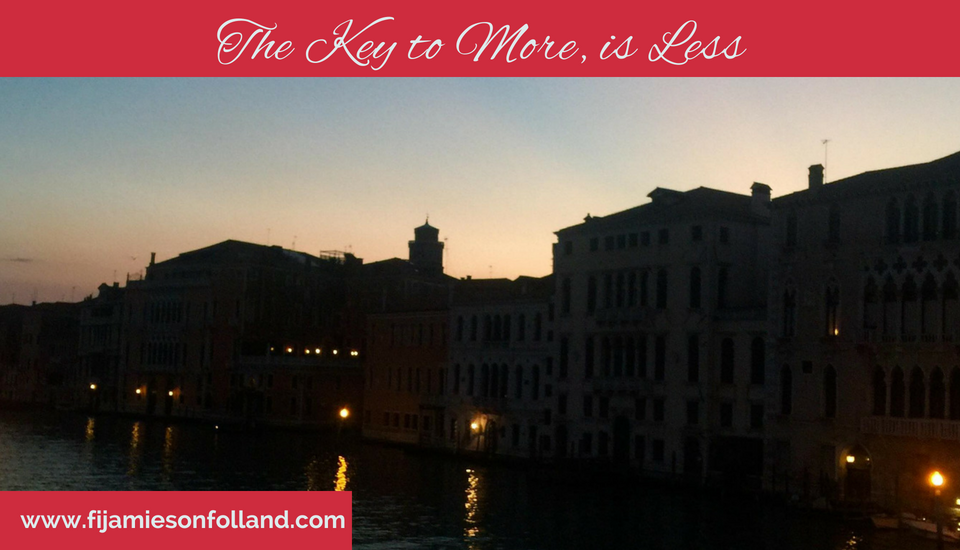For many of us, ‘more’ doesn’t necessarily make us happy, and sometimes staying busy is easier than stopping to smell the roses.
Although deciding to do just that is the very thing that finally stopped me spinning.
It’s a concept that was initially shared with me in 1998 by my Uncle Geoff; my Dad’s intrepid, adventurous brother, on one of his visits to New Zealand. At that particular time, I’d been waking at night with angina.
This was a period in my life when I was working long hours (around 100 hours per week, a pace I’d kept up for almost 9 years). I wasn’t afraid of hard work, I had lots of goals, and I thought I just had to work harder to achieve them.
Geoff, however, was concerned. You see he and I had both inherited heart disease from my dad’s side of the family, and my dad had passed away a few years earlier, just 10weeks after he’d turned 50. So, when Geoff learned that not only was I experiencing angina; I’d also been given 3 years to live unless I adopted a regimen of heart medicine for the rest of my life, he offered me perspective.
I remember him standing with me in the garden and he said, “Look, Fi – it’s like this. Less is more.” ¹
Initially, I thought it sounded catchy in a philosophical-sor-of-a-way, yet didn’t see how it was relevant in my life.
He continued, “you’ve got medical training, so you can see the trajectory of where you’re going. How bad does it need to get?”
That’s the question I encourage you to sit with and consider. How bad does it need to get before something gives? We often shrug off what we know is actually too much, and we keep pushing ourselves, despite the impact we feel on our well-being.
An alternative is cramming less into our lives, to experience more of it.
For me, it was an extreme example that helped me to get it. Interestingly, it’s become an anchor for my coaching approach with my clients. For example, a client is currently focusing on increasing her life-style income (working from home, in the hours she chooses, with her ideal clients).
The steps she chose to take post-session recently were to take some things out of her full schedule – which can be a challenge for many of us. Here’s how she got to this point –
Practicing Less is More
- List the top 5 priorities for each week;
- Then, take away the bottom 2.
- Find someone who can do the 2 bottom tasks – namely, outsource them. In some instances, it might work to arrange trades, to formalize later. In the early days, that’s how we did those things we knew we needed: we outsourced and traded.
So, for you, what would be the two things on your priority list that you would outsource? Message me to connect about specific ways to make that happen.
In fact, I’ll even say this – if you choose to follow through with doing this, I know in my bones that your productivity in terms of results you achieve in your allocated time in a day will surprise you.
See you at this week’s #AliveWithFi where we’ll take it to the next level.
1In “The Secret to Success Isn’t Doing More – It’s Doing Less,” Lea McLeod says to “think like an executive and behave like a world-class musician”: the executive focuses on tasks that directly relate to achieving the top goals, and the elite musician practices the same amount as other musicians yet does so without interruption and gets sufficient rest. Both examples illustrate that less actually is more.
(https://www.themuse.com/advice/the-secret-to-success-isnt-doing-moreits-doing-less)
Fi Jamieson-Folland D.O, is a Lifestyle Consultant, with over 26 years experience in Europe, Asia and New Zealand as a qualified osteopath, educator, writer, certified raw vegan gluten-free chef, speaker, health mentor and Health Brand Ambassador. She loves to globe-trot with her husband Chris (NZ, Australia, USA, UK + Europe and Indonesia are current favourites) relishing an outdoor lifestyle and time with family and friends.


